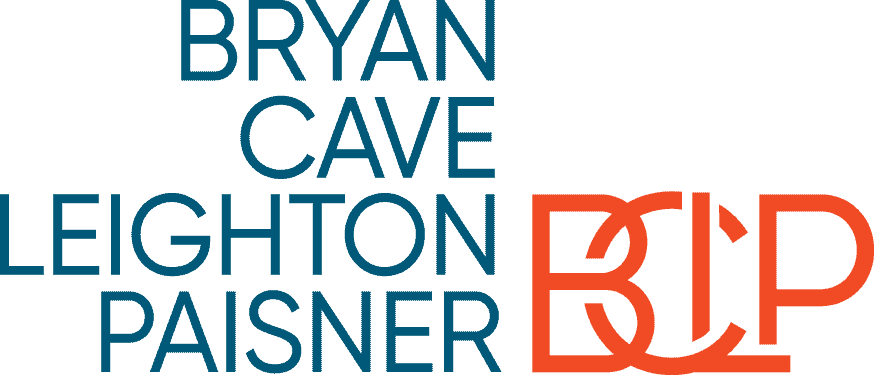
2022 Governance Best Practices Survey: Culture & Composition
Brought to you by Bryan Cave Leighton Paisner

Even the strongest corporate boards benefit from a regular infusion of fresh ideas.
Culture, composition and governance practices – all of these are critical elements for boards to fulfill their oversight role, support management, and maintain the bank’s vision, mission and values. The results of the 2022 Governance Best Practices Survey, sponsored by Bryan Cave Leighton Paisner LLP, suggest that while most directors and CEOs believe their board’s culture is generally solid, they also see room for improvement in certain areas.
Specifically, the majority (54%) say their boardroom culture would benefit from adding new directors who could broaden the board’s perspective. In comments, some expressed a desire to get more tech expertise, greater diversity and younger directors into the boardroom. Others cited a need to retire ineffective directors or cut out micromanagement.
Bringing new perspectives, skills and backgrounds to the table can help boards tackle a host of rapidly evolving challenges, from cybersecurity to environmental or social risks.
Culture can be hard to define, and the survey finds varying opinions about the attributes of a strong board culture. Forty-five percent point to alignment around common goals and 42% value engagement with management on the performance of the bank. Just 30% favor an independent mindset as an important attribute of board culture, something that can be derived through cultivating diverse perspectives in the boardroom.
A majority believe gender, racial and ethnic diversity can improve the board’s performance, similar to previous surveys. Yet, 58% claim it’s difficult to attract suitable board candidates representing diverse racial and ethnic backgrounds.
That’s not necessarily for lack of trying, however. When asked to explain why they find it hard to attract diverse board candidates, many respondents state that they have a limited pool of candidates in their markets or personal networks. But that’s changing as the U.S. population grows more diverse.
“We have a very non-diverse community, although it is changing,” writes one respondent. “I believe the difficulty will lessen with time.”
Key Findings
ESG Oversight
A vast majority – 82% – believe that measuring and understanding where banks stand on environmental, social and governance issues is important for at least some financial institutions, but there’s little uniformity when it comes to how boards address ESG. Nearly half – 45% – say their board does not discuss or oversee ESG at all. Forty-four percent say their board and management team has developed or has been working to develop an ESG strategy for their bank.
Training Mandates Vary
Forty-nine percent indicate that all directors must meet a minimum training requirement; 36% say training is encouraged but not required of members. Just over half of respondents say their board has an effective onboarding process in place for new directors. However, 27% say their board lacks an onboarding process and 13% say their current onboarding process is ineffective.
Knowledge Gaps
Respondents identify cybersecurity, digital banking and commerce, and technology as the top areas where their boards need more knowledge and training. Forty-three percent also believe they could use more education about ESG issues.
Board Evaluations
Almost half, or 47%, of respondents conduct board evaluations annually; another 23% assess their board’s performance, but not on a yearly basis. Of those that performed assessments, 58% say they then created an action plan to address gaps identified in those evaluations.
Assessing Peer Performance
Few boards take advantage of peer-to-peer evaluations, with 51% revealing that their board does not use this tool, nor have they discussed it. Of the 29% of respondents whose bank has conducted a peer evaluation, 83% use the exercise to inform conversations with individual directors about their performance.
Committee Structure
An overwhelming majority of respondents say their board had enough directors to staff all its committees, but 16% say that would no longer be the case if they added more committees. Nearly all respondents say their committees are provided adequate resources to carry out their jobs. The survey reveals continued variation in risk governance practices, with 54% managing audit and risk oversight within separate committees. In boardrooms where there isn’t a technology committee, half believe their organization would benefit from one.
To view the high-level findings, click here.
Bank Services members can access a deeper exploration of the survey results. Members can click here to view the complete results, broken out by asset category and other relevant attributes. If you want to find out how your bank can gain access to this exclusive report, contact [email protected].


